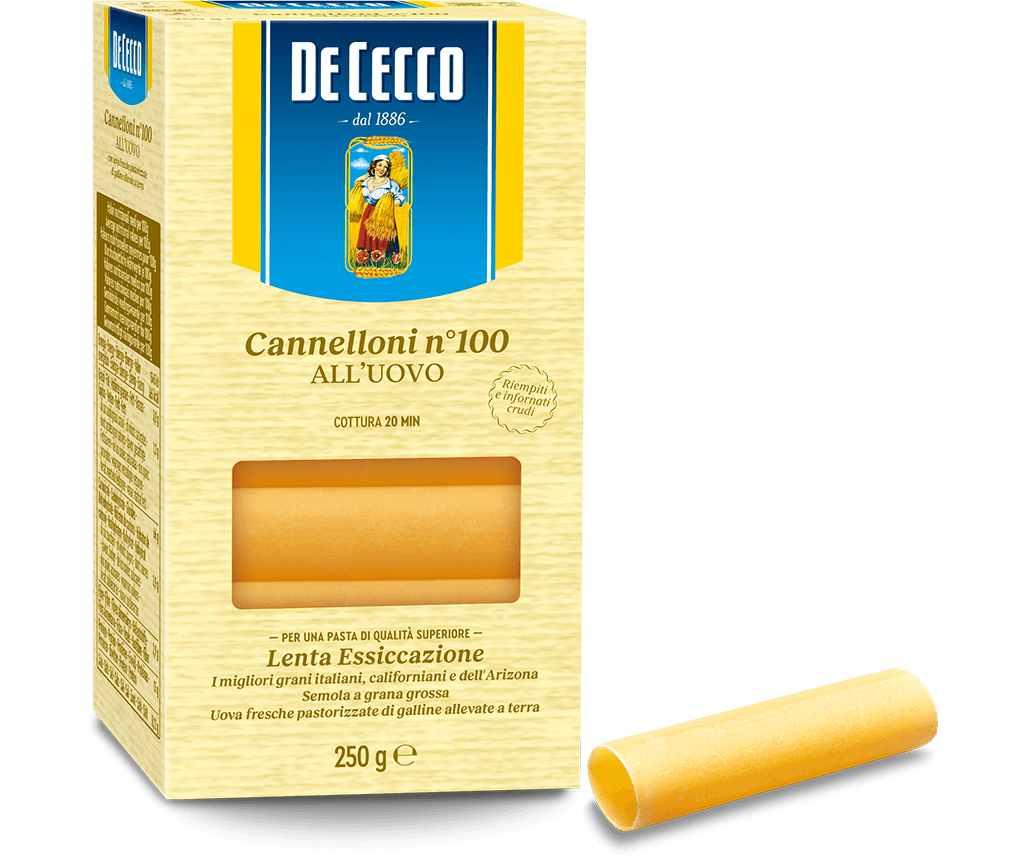Lasagne n° 112 all'uovo
Lasagna is one of the oldest forms of pasta recorded. It probably corresponds to the Latin "Lagana" (which in turn was derived from the Greek "laganon": large, flat sheet of pasta cut into strips) and it began to be known as "Lasagna" probably after the year 1000 AD. The first traces of the widespread use of the term "Lasagna" can be found in the works of the most renowned 12th century Italian poets. "Granel di pepe vince / per virtù la lasagna", (a peppercorn beats lasagna for virtue) states Jacopone da Todi. Cecco Angiolieri,on the other hand, warns his readers, "chi de l'altrui farina fa lasagne / il su' castello non ha ne muro ne fosso" (He who makes lasagna with another's flour / his castle will have no walls or moat).
It has long been one of the most well-known and popular types of pasta in Italian cooking, and the simplest and most commonly used recipe calls for a ragù, béchamel and parmesan, although mozzarella has also been introduced more recently.
Delicious "white" versions are also quite commonplace with sauces made from mushrooms and vegetables.
Available in 500g packs
- Cooking time: 24 min
Our method
Attention, care, experience, quality at every stage: from our mill to your table.
Cannelloni n° 100 all'uovo
The origins of Cannelloni are extremely old. Among the very first types of pasta to be made from a mixture of flour, water and salt are Gnocchi and Cannelloni, i.e. strips of pasta of different lengths that were rolled up to form perfect cylinders in which to put the filling,
The size of Cannelloni means they are ideal for filling with tasty mixtures made from meat, or vegetables and ricotta.
The most commonly used recipes for Cannelloni are those baked in the oven with tasty fillings and covered with a thin layer of tomato sauce and béchamel.
Available in 250 g packs






